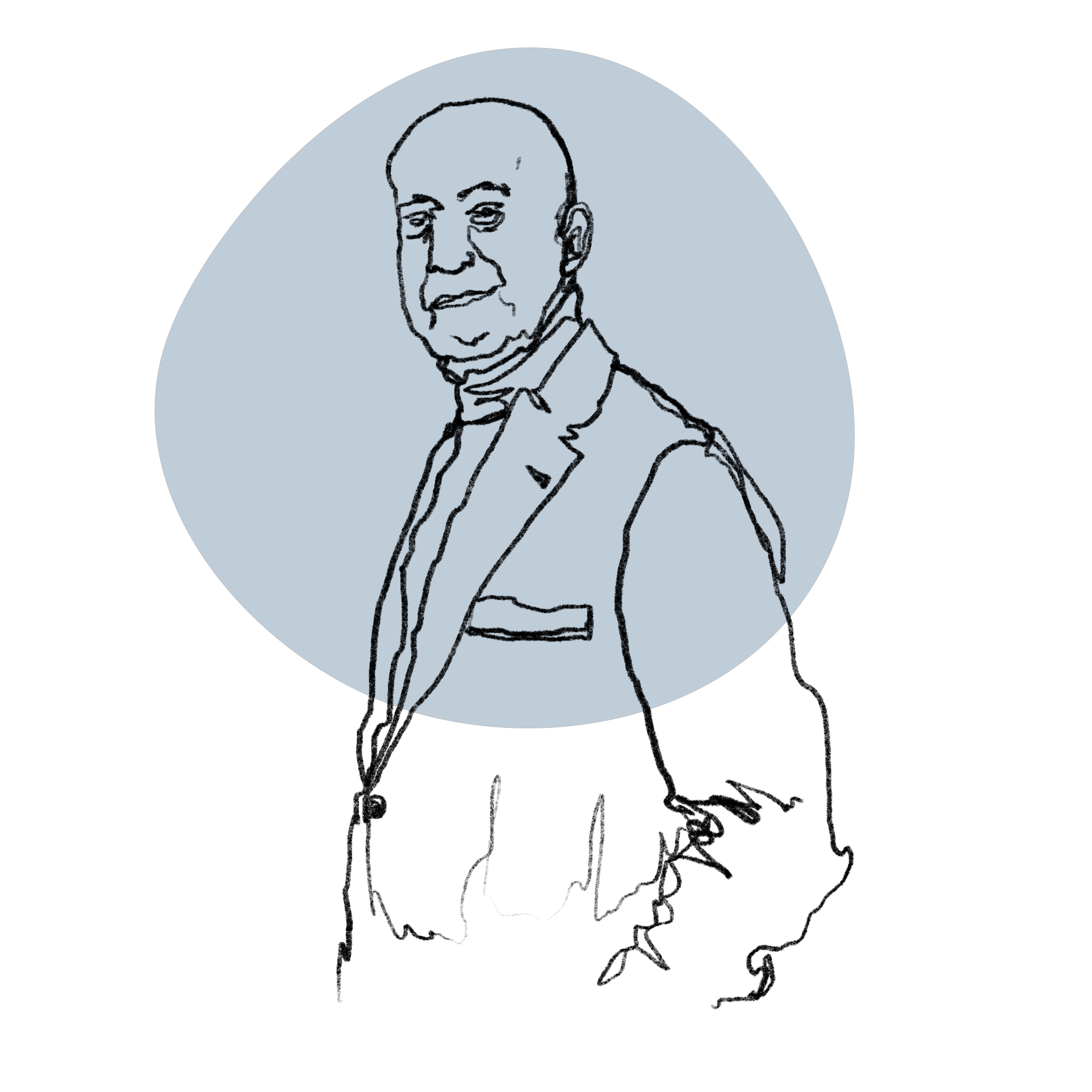-
What are the rules of the game?
Terms like Bitcoin, Cryptocurrency, and NFTs are now part of our everyday vocabulary, but how well do we understand them? And what are NFTs? Think of a piece of furniture designed by Piero Portaluppi (1888-1967) for the Casa degli Atellani in Milan, or a console designed by Gian Lorenzo Bernini (1598-1660) for the Chigi Palace in Ariccia, these objects have great value not only for their sublime aesthetic model but especially because they are unique pieces with a clear and well-documented provenance. Thus an NFT (non-fungible-token) has a certain value because it is an irreplicable code linked to a certain object, artist, and owner. This code is recorded on the so-called blockchain, the element that unites all digital currencies. In the case of NFTs the blockchain is called Ethereum.
-
What aspect of digital works is exclusive?
There is one important question to answer: does the value of the asset stands with the digital work or with its unique code? This is where the dynamics of the traditional market break down: the true value of the work lies in the NFT code that the artist binds to its creation. While the file of the work, being digital, can be replicated and disseminated a number of times after creation, its NFT code can neither be changed nor deleted and guarantees the owner the property of the original. This explains why we see digital works of any nature: the project for a digital sofa, 5000 photographs collected in a single artwork, a video, or even a tweet. What really makes a digital art exclusive is more the NFT code than the work itself.
-
What kind of innovation are we talking about?
The new element of this market is not only the technological aspect but also the social side of this way of collecting. The digital art market is still a rather free and unregulated sector and in this environment, the artist, or the creator of the work, acquires a new role. His influence on the life of an artwork is more durable than traditionally was: he masters the digital file, and most importantly he plays a strategic role in defining the life path and destiny and of his creations. This includes setting sales rights, defining how many times his digital work can be exchanged, and so on and so forth.
-
How long will this phenomenon last?
No one knows if this interest in the market for digital art is something that will last. The industry is constantly changing, with new currencies, new blockchains, and new technologies to track and record transactions. The preservation of these digital assets poses new questions for the future of works, however, this does not seem to be a limiting factor. Humans have always had the instinct to collect valuable and hard-to-find goods - to the point of collecting even items that not materially exist - and so the future of this reality has a good chance of enduring, without necessarily disrupting the traditional market.
-
What opportunities for creators, buyers, and new players?
Within this new ecosystem, buyers who invest in an emerging author have the opportunity to directly support the artist, becoming in a sense their first benefactors. If the work proves to be successful (according to criteria that we hardly identify) they will also be able to make a financial profit by selling the digital artwork at a later date. The creators, on their side, will have more opportunities to make themselves known without intermediation, if not that of the NFT marketplaces and blockchains, real protagonists of this market. The real question is, which platform will dominate this new reality? More to come for sure...






.png)






